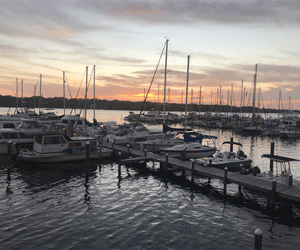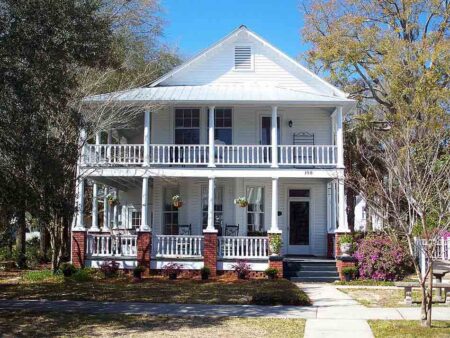NORTH FLORIDA — You may not be thinking about growing bananas during the colder months of winter, but we can have some success with this tropical fruit in North Florida.
Banana plants are tropical and, as such, they add a tropical look to the landscape. They usually require 12-18 months to produce a flower stalk. And, the fruit takes four to eight months to mature, depending on the temperature during the growing season.
When winters are mild in North Florida or when the plants are protected, the stalk may survive the winter and produce fruit in the second year.
When winters are cold, the tops are usually killed by freezing temperatures, so no fruit is produced.
Some gardeners grow banana plants by potting them in large containers and carrying the plants into a protected area such as a greenhouse or garage during the winter.
Others may build an insulating wrap of pine straw around the trunk, enabling the plant to survive outdoors during the winter.
The key is protecting the trunk and roots during freezing temperatures. If the stalk freezes, there usually will be no fruit production the following year.
Producing good fruit requires plenty of water and fertilizer.
Adjust soil pH to 5.5 to 6.5 before planting. Mulching is very helpful in conserving water, reducing weeds as well as protecting the rhizomes (underground stems) from winter freezes.
Water regularly and deeply during the summer if rainfall is poor. If the soil is extremely wet, root rot may develop.
In low fertility, sandy soils, fertilize 4 to 6 times during the growing season (late spring through summer) with a 3:1:6 ratio fertilizer such as 6-1-12 fertilizer or similar analysis.
Bananas should be pruned. In the beginning, let only one main stalk develop from each rhizome. After six months, allow a replacement sucker to grow because the main stalk is removed after fruiting.
You can use unneeded suckers to establish new plants. The rhizomes may be dug up and divided to propagate more plants.
Cavendish is probably the banana variety best adapted to North Florida. The plant grows about seven feet tall, produces good quality fruit, and is slightly more cold-hardy than most other types.
Be aware that there are ornamental types of banana plants that are grown just as landscape plants. These types produce small fruit that are full of hard, large seeds and usually are not edible.
More information on growing bananas is available at https://edis.ifas.ufl.edu/pdf/MG/MG04000.pdf or through the UF/IFAS Extension Office in your County.
Larry Williams is the Extension horticulture agent with the Okaloosa County Cooperative Extension Service, University of Florida. Contact Larry at 689-5850 or email lwilliams@myokaloosa.com.








